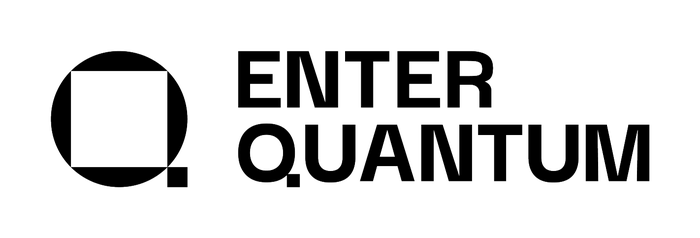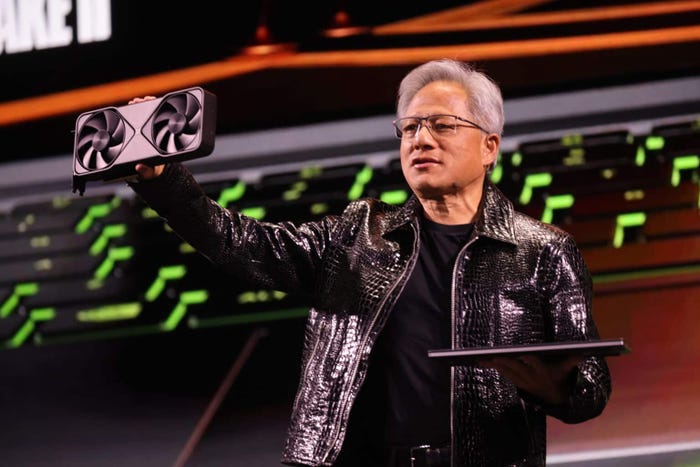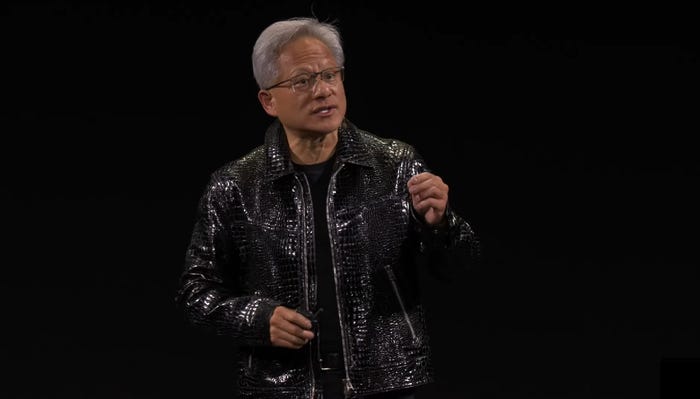
Connects decision-makers and solutions creators to what's next in quantum computing
How Logical Qubits Power Quantum Computing��’s Journey to Stage 2
Q&A with Atom Computing

Quantum computing needs to address the error rates and scalability challenges of physical qubits on the road to practical applications such as energy optimization, agriculture, transportation and smart cities.
The key is transitioning the technology from the stage one of noisy physical qubits to the stage two of logical qubits. Logical qubits are created by combining multiple physical qubits through error correction algorithms while reducing the number of physical qubits needed.
Atom Computing, a company that makes neutral atom quantum computers, is working with Microsoft to create a system that supports many logical qubits and algorithms to optimize their use.
In this Q&A, Justin Ging, Atom chief product officer and Remy Notermans, Atom’s director of strategic planning, discuss the project and the sustainability role of quantum in hybrid data centers.
Enter Quantum: Why is this shift from stage one to stage two quantum computing important?
Justin Ging: Stage one is what quantum companies have been doing over the past many years, which is just doing noisy qubits and using quantum computers as a research tool to make quantum computing better. People have started looking at algorithms using current quantum computers and working their algorithms around that noise.
The longer-term prize is qubits that are not noisy, where you can run algorithms that are very deep circuits. There are many steps to get to solutions that have a provable computational benefit to businesses. We often use words like commercially valuable, useful or utility scale.
That's the dream of where everyone wants to go, stage three. We’re currently moving from stage one to stage two, which is this conversion into a logical qubit domain. Many groups have shown logical qubits and demonstrated and now we're in a phase of who can make more and better logical qubits.
The key thing is logical qubits are not a binary thing that you have or don't. They're on a sliding scale of quality and there's a certain error freeness that we have to reach to get to stage three. By the time you get to stage three, you’ll have both a lot of logical qubits and really good ones with really low error rates.
Explain how physical qubits make logical qubits.
Remy Notermans: When you construct logical qubits you want to have physical qubits to work together and act effectively as one logical qubit. There is no physical logical qubit, it's more a mathematical definition through an algorithm that combines multiple physical qubits together. What that algorithm looks like and how well it performs depends on the modality, noise sources and the connectivity between the physical qubits.
The rule of thumb is the higher the connectivity, the better the overhead is and you need fewer physical qubits to create one logical qubit. And if you have a lot of noise sources, you will need a lot of physical qubits to take account of those.
The question we often get is what's that magical number, how many physical qubits do you need for a logical qubit? It started at tens of thousands and then a few years ago the ratio became 1,000 to one and more recently, that number has gotten better than 1,000 to one. Exactly where it ends up, I don't think anybody knows yet, but let's say, for the sake of argument, it gets to 100 to one, that's in the playing field of where some of the technologies are now and what they're scaling up to.
The number goes down because there is a better understanding of how error correction should work and more people are working on it. At the same time, more modalities are scaling in a way that's aggressive enough to support those kinds of physical-to-logical qubit ratios. The overhead has gone down over the years and the hardware platforms have gone up and the timeline for this intersection where you say: “I can build a number of logical qubits that are going to be interesting for people to work with,” has gotten much closer than what people have been thinking.
What is the aim of Atom Computing’s collaboration with Microsoft?
Remy Notermans: It’s about creating a system with enough logical qubits to support this kind of work. We have the hardware capability; Microsoft has the algorithmic capability and we're combining that to take that first step of showing that you can build many logical qubits together.
The algorithmic application side is next, but resource estimate papers suggest those will need 80 to 100 logical qubits. But you can already start investigating these problems with fewer logical qubits than that. We’ll get excited about that once we have a platform that supports enough qubits to accelerate that kind of research.
Microsoft has shown this through its Quantum Discovery Suite, which has chemistry tools because chemistry problems often lend themselves to these earlier-stage numbers of fewer logical qubits.
What is the synergy between quantum computing and AI?
Justin Ging: The way to think about quantum computers is as a quantum computing unit (QPU), which is just one more compute resource. When you send a compute job to the cloud, the job might be diverted to a GPU or FPGA, some kind of specialist accelerator chip. In the same way, quantum will become one of those specialty processors where certain types of compute can be diverted to that QPU to do it better and efficiently and pass that result back.
There are dynamics between AI and quantum in that it seems that AI might be able to help quantum and quantum might be able to help AI. Some of those big problems will be run on quantum systems might take a fair amount of time to run but instead of 13 billion years now, it might take weeks to run.
That’s still a long time, so you want to make sure that you're running the right problems on quantum. There’s work going on to see whether you can train AI models on what quantum computers can do now to better assess which problems are best run on quantum. That's going to be an interesting problem for HPC centers and cloud providers to think about.
How does this hybrid compute contribute to sustainability?
Remy Notermans: The power consumption that we're talking about for our technology specifically is tens of kilowatts and even at scale it's multiple tens of kilowatts. If you compare that to an HPC center, just one of the 19-inch racks uses 60 kilowatts of power. The added power budget of introducing one of our systems is nothing.
When you talk about scale with some of the other technologies, you're talking about building something that has the same footprint and power consumption as an entirely new data center.
With ChatGPT and AI becoming a big thing, people are thinking much more about how much it cost me to do this one particular job. We don't want quantum to become that conversation.Hybrid compute has an important role in a sustainable future look like, especially if quantum compute can take jobs away jobs from classical compute, take less time and have effectively a net negative energy budget, which is great.
About the Authors
You May Also Like




.png?width=400&auto=webp&quality=80&disable=upscale)




